Muscle Imbalances Holding You Back? Unilateral Training Can Help.
Have you ever noticed that one side of your body feels stronger, more stable, or just “better” than the other? This is often due to muscle imbalances—when certain muscles are stronger, tighter, or more developed than their counterparts. These imbalances can happen for many reasons, like favoring one side during daily activities, recovering from injury, or just natural habits. Over time, they can lead to discomfort, poor posture, and even increase the risk of injury. The good news? Unilateral training is a targeted way to address these imbalances by working each side of your body independently, helping you build balanced strength and improve overall movement.
Understanding Unilateral Training
Unilateral training is a method of exercise that focuses on working one side of your body at a time. Whether it’s one arm, one leg, or one side of your core, unilateral exercises isolate each limb independently. Unlike traditional bilateral exercises where both sides work at the same time, unilateral training helps uncover muscle imbalances, improves coordination, and builds stability. Training one side at a time allows the weaker side to catch up, promoting balanced strength and better overall function.
When to Use Unilateral Training
Correcting Muscle Imbalances
Reducing Joint Pain Through Even Stress Distribution
Enhancing Balance and Coordination
Supporting Rehabilitation and Recovery
How to Implement Unilateral Training
Implementing unilateral training is straightforward. Start by swapping some of your usual bilateral exercises with their unilateral counterparts. Focus on performing equal reps on each side, keeping your movements controlled and balanced. Gradually increase difficulty as your weaker side catches up.
Bilateral Exercises and Their Unilateral Replacements
Barbell Row → Single-Arm Dumbbell Row
Romanian Deadlift → Single-Leg Romanian Deadlift (RDL)
Squat → Forward Lunge
Dumbbell Bench Press → Single-Arm Dumbbell Press
Glute Bridge or Hip Thrust → Single-Leg Glute Bridge or Hip Thrust
Dumbbell Shoulder Press (Both Arms) → Single-Arm Overhead Dumbbell Press
Calf Raise (Both Legs) → Single-Leg Calf Raise
Lat Pulldown (Both Arms) → Single-Arm Cable Lat Pulldown
Seated Cable Row (Both Arms) → Single-Arm Seated Cable Row
Adding unilateral training to your routine can make a noticeable difference in how balanced, strong, and coordinated your body feels. It’s a smart way to address common issues like muscle imbalances, joint pain, and stability challenges, all while helping prevent injuries down the road. Remember, it’s not about completely changing your workouts overnight but gradually introducing these targeted exercises to give each side of your body equal attention. Over time, with consistent practice, you'll likely notice improved movement quality and better overall performance—one side at a time.
